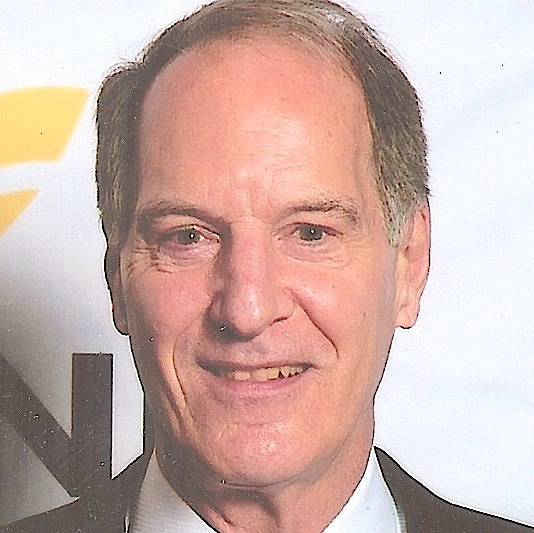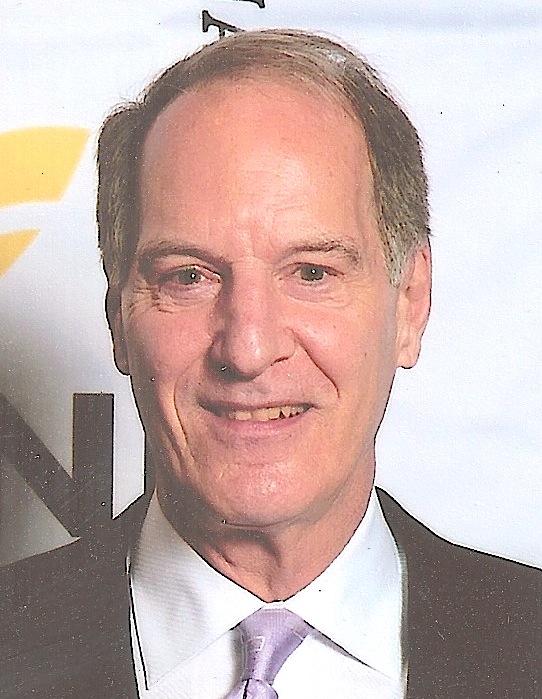

Six years later, that order of priority has been totally upended. And a different word – and a new set of service priorities – to describe the challenge is heard with such frequency that it prompted this column. At the recent St. Thomas “Practice Peace” conference, this term was regularly used by Virgin Islands authorities and concerned citizens, by a community leader from Manchester, England, by a leading Palestinian peace activist, and by the founder of the pioneering organization for ex-offenders.
In the past week, there was an article about the head of the prison system in Colorado who spent a single day and night in solitary confinement and repeatedly used the word. PBS carried a story about the school principal in a neighborhood in East Palo Alto, Calif., who uses yoga to help her students deal with it. On March 17, The New York Times carried a devastating article describing the downward spiral into total barbarism that Syria has fallen into and its impact on individuals and families.
So what is the term? It is hardly new, but the regularity with which it is now heard should make us stop and rethink things. The word is trauma. In describing the trajectory of the “re-entry” initiative six years out, the leader simply says, “we are dealing with the effects of so much trauma.” The school principal in East Palo Alto used almost the exact same words. Virgin Islanders echoed the same theme during the course of the practice peace planning sessions held in February, regularly using the word trauma.
Discussions of PTSD (Post-Traumatic Stress Disorder) were largely confined to troops in combat until several years ago. (Prior to that, there was a tendency to deny that it existed, its previous defining term being “shell shock,” which was often deemed a form of cowardice by military leaders.)
Trauma is defined as “an emotional response to a terrible event….” But much of what we are seeing is not the result of “an” event, but an ongoing series of traumatic events, usually some form of violence and often beginning at a very young age.
I have an old friend with whom I used to do very long runs. To avoid total boredom, we would have extended discussions about the state of the world. One question was always: do you think it’s getting worse? (Or, less frequently, better?) My friend’s response was always the same: just better reporting. That is to say, things don’t really change much.
Is the fact that we are hearing so much about trauma a sign that it is getting worse, or are we just experiencing higher levels of awareness and better reporting? For example, the psychologist Steven Pinker, in The Better Angels of Our Nature, says, “This book is about what may be the most important thing that has ever happened in human history. Believe it or not – and I know that most people do not – violence has declined over long stretches of time, and today we may be living in the most peaceable era in our species existence.”
Pinker is looking at the big picture. The people that are seeing so much trauma take in a smaller picture, that slice of life where marginalized and poor people live, the “others.” Pinker amasses very convincing data to support his thesis, but for those who have been traumatized, it doesn’t have much immediate relevance. Actually it probably doesn’t have any relevance at all.
It is kind of like asking an abused or neglected child if he or she has had a “normal” childhood. Because we only have one childhood, whatever our experience is, it seems normal. And we have become (unfortunately) comfortable in using the term “new normal,” with its implicit message of “get used to it” instead of do something about it.
For those who work with certain groups, and for those at the Practice Peace conference, the levels of various kinds of trauma in the community are very high and they see the impact of it every day. The big question is: what do you do?
Anyone who has worked in adult law enforcement or in “re-entry” will tell you how difficult it is, and that prevention and early intervention are far better, infinitely easier (and lots cheaper) than “remediation” and damage repair.
Another friend summarized this reality for me. Bob had been abandoned in a trash barrel at 2 weeks of age. He was found and spent the first 18 years of his life in orphanages and foster care where he was abused and neglected. “Aging out” of foster care at 18, he got into an argument with a man and killed him. He served the next 25 years of his life in prison, being released at the age of 43.
Through some miracle, and somehow having gained great insight, Bob became an authority on abuse, neglect and, although he never used the term, trauma.
He had a simple summary of the human and social costs of trauma. Traumatized young children have horrible dreams. His were about alligators ripping human beings apart with their teeth. He said that if you intervene and help these children at a young age, a lot could be done. If you wait until their teens, it is much more difficult and, if you do nothing, just pray that the alligators in their dreams don’t wake up.
Selling the idea of preventive services is very difficult. It should make it easier that the best salespersons are those who deal with the results of nonintervention, the things that happen when the alligators in the dreams have awoken.